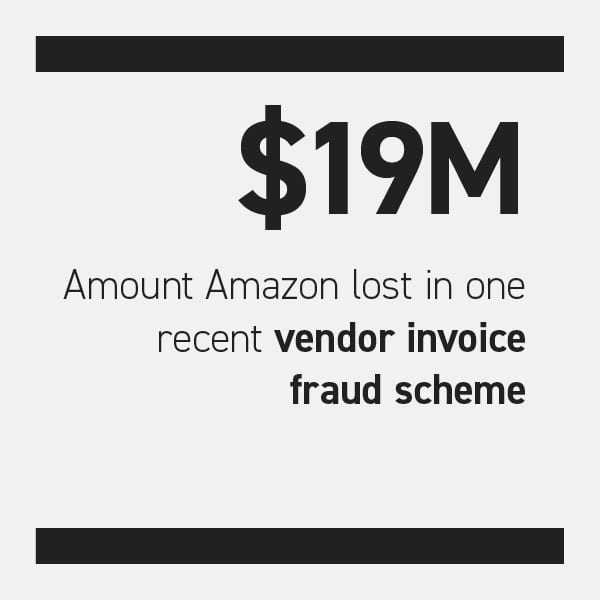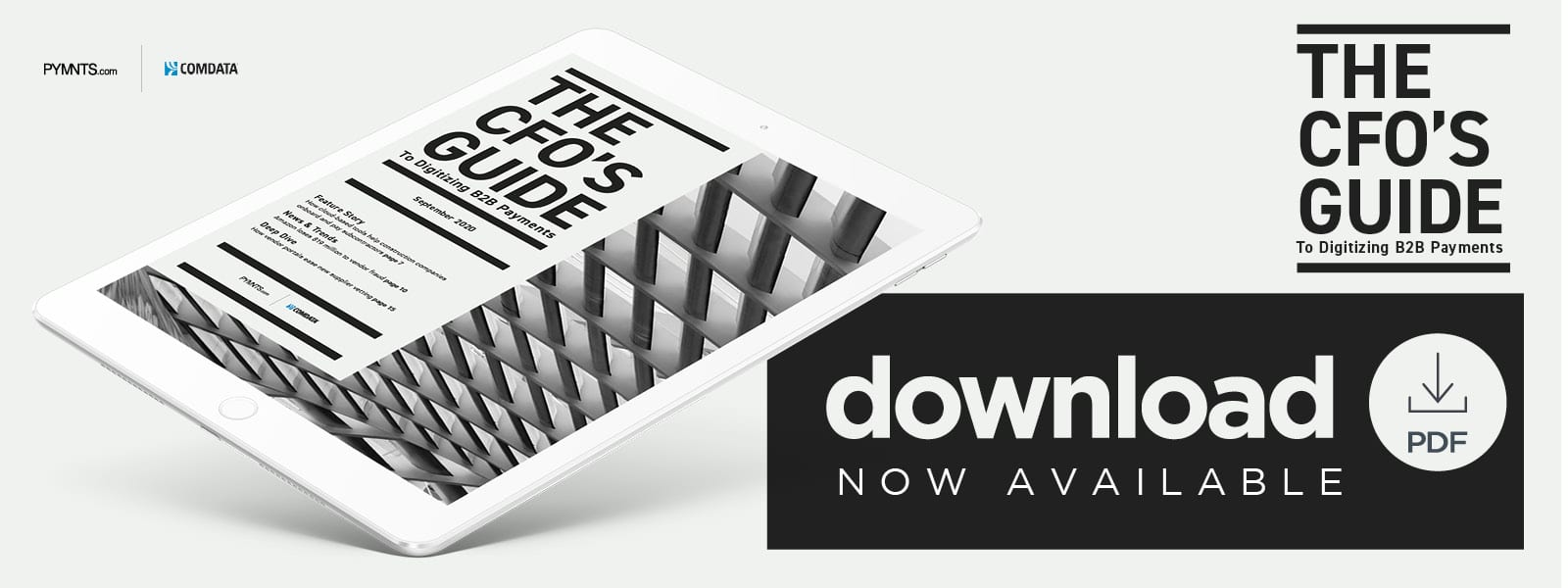Report: Using Digital AP To Build Faster Subcontractor Payments Flows

Corporate buyers need to be able to pay their vendors quickly and easily, especially during a pandemic that has caused many employees to work from home, making paper checks and manual processes especially inconvenient.
Accounts payable (AP) teams are now taking a fresh look at the potential of tools such as virtual cards to ease their transaction frictions. The digital methods suit remote purchasing environments and offer security features that can make it difficult for fraudsters to use stolen card details.
This is far from the only significant change to how AP departments operate, and many companies are also exploring digital tools for onboarding new vendors more smoothly. Businesses that wish to start purchasing from new suppliers must first collect and verify details that will help them evaluate the prospective partners’ capabilities and confirm that they are not criminally involved. Gathering and analyzing all this information can be difficult, prompting some companies to adopt digital supports like vendor portals to ease the work.
The September “CFO Guide To Digitizing B2B Payments” explores how corporate buyers are streamlining their B2B transactions with digital payments and supplier onboarding tools.
Around The B2B Payments World
Companies may seek to avoid having to proactively ask for and record vendor details, which reportedly can entail weeks- or months-long data gathering processes. They may instead choose to adopt supplier portals into which interested potential business partners can enter their details, with the information then stored in cloud-based platforms where buyers’ employees can view it. This can reduce workloads and accelerate processes for the buyers.
 Pharmaceutical companies also have to rethink how they approach vendor onboarding, with many finding that it is no longer safe or possible to visit potential manufacturing partners in person for on-site tours and inspections. The sector instead is exploring the potential of livestream video tours, although questions remain about best practices for storing the recordings and handling any sensitive information that might accidentally be captured in them.
Pharmaceutical companies also have to rethink how they approach vendor onboarding, with many finding that it is no longer safe or possible to visit potential manufacturing partners in person for on-site tours and inspections. The sector instead is exploring the potential of livestream video tours, although questions remain about best practices for storing the recordings and handling any sensitive information that might accidentally be captured in them.
Vetting suppliers carefully is essential to catching fraudsters, and even major companies can fall victim. Amazon reportedly lost $19 million to a scheme that allegedly saw vendors deliver and bill the company for items well in excess of what the eCommerce giant had ordered. The purported fraudsters would send Amazon 10,000 items when the company had requested no more than 100, for example.
To read more about these and the rest of the latest headlines, download the Report.
Building Better Subcontractor Relationships With Digital Payments, Onboarding
Construction companies rely on a variety of subcontractors and suppliers, but paying these partners can quickly become complicated for companies that use paper-based, manual methods to accept and manage all the documents that must be collected before issuing funds.
In this month’s Feature Story, Anna Bickford, audit team member for commercial building contractor DPR Construction, explains how cloud-based tools help streamline document acceptance during subcontractor onboarding and enable more efficient invoice and payments tracking.
Deep Dive: How Vendor Portals Ease Onboarding
Corporate buyers must gather a variety of details from new suppliers before doing business with them. That includes collecting information about vendors’ performance histories to ensure they can meet buyers’ needs as well as vetting the companies according to anti-crime regulations. Buyers that are confident that they have identified good business partners then need to smoothly gather payments details so they can issue digital payments to these vendors.
This month’s Deep Dive examines buyers’ data collection needs and how supplier onboarding portals can ease this work.
About The Report
The “CFO Guide To Digitizing B2B Payments,” a collaboration between PYMNTS and Comdata, examines how companies are upgrading to digital vendor onboarding and payments.
